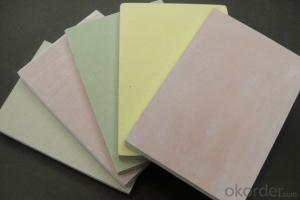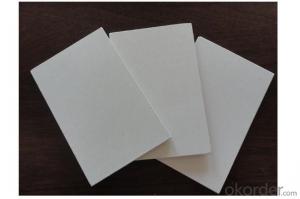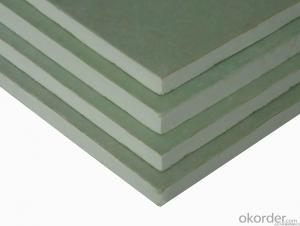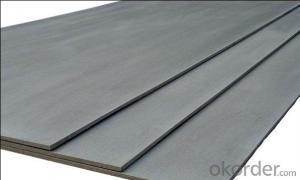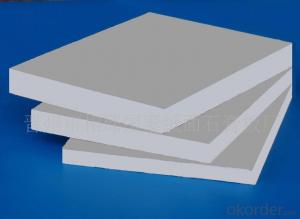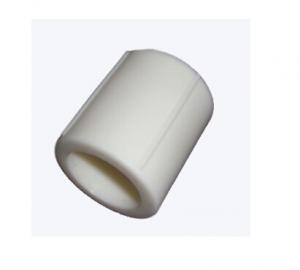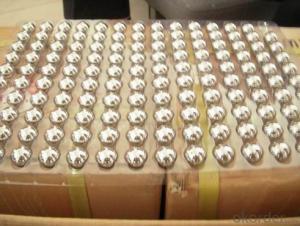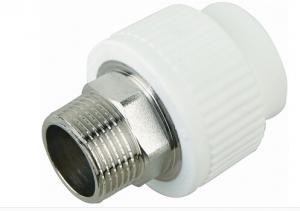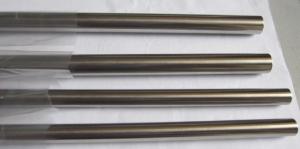Stainless Steel Quality
Stainless Steel Quality Related Searches
Best Paint For Stainless Steel Paint For Galvanized Steel Steel Frames For Furniture Self Tapping Screws For Steel Surface Grinding Wheels For Hardened Steel Hole Saw For Stainless Steel Paint For Stainless Steel Stainless Steel For Bbq Step Bit For Stainless Steel Sponge For Stainless SteelHot Searches
Steel Mesh Panels For Sale Price For Stainless Steel Scrap Scrap Price For Stainless Steel Price For Stainless Steel Stainless Steel Tank For Sale Stainless Steel Sheets For Sale Cheap High Tea Sets For Sale Stainless Steel Tanks For Sale Stainless Steel For Sale High Density Fiberboard For Sale Solar Hot Water Collectors For Sale Scaffolding For Sale In Uae Scaffolding For Sale In Ireland Scaffolding For Sale In Houston Type Of Inverter For Solar Price Of Shipping Containers For Sale Types Of Inverter For Solar Stock Price For Aluminum Used Solar Inverter For Sale Cheap High Tea Sets For SaleStainless Steel Quality Supplier & Manufacturer from China
Okorder.com is a professional Stainless Steel Quality supplier & manufacturer, offers integrated one-stop services including real-time quoting and online cargo tracking. We are funded by CNBM Group, a Fortune 500 enterprise and the largest Stainless Steel Quality firm in China.Hot Products
FAQ
- The pressure rating of stainless steel pipes varies depending on their size, wall thickness, and the specific grade of stainless steel used. However, stainless steel pipes typically have high pressure ratings due to their excellent strength and corrosion resistance properties.
- The common sizes of stainless steel pipes used in construction typically range from 1/2 inch to 12 inches in diameter.
- Indeed, stainless steel pipes find utility within the pharmaceutical industries. Owing to its exceptional resistance to corrosion, durability, and hygienic qualities, stainless steel is widely employed in this sector. Its ability to withstand chemicals, high temperatures, and moisture renders it suitable for diverse applications throughout the pharmaceutical manufacturing processes. Stainless steel pipes frequently serve the purposes of conveying and preserving pharmaceutical products, as well as facilitating the distribution of purified water, steam, and other fluids. Moreover, stainless steel is easily cleaned and maintained, a vital aspect in guaranteeing the cleanliness and sterility mandated in pharmaceutical facilities.
- Stainless steel pipes and polyvinyl chloride (PVC) pipes are two popular options for plumbing and other industrial applications. They have distinct characteristics and advantages, making them suitable for different purposes. Firstly, stainless steel pipes are known for their exceptional durability and strength. They are highly resistant to corrosion, rust, and extreme temperatures, making them ideal for harsh environments and outdoor applications. Additionally, stainless steel pipes have a long lifespan and require minimal maintenance, reducing replacement and repair costs over time. On the other hand, PVC pipes are lightweight and easy to install, making them a cost-effective option for both residential and commercial plumbing systems. They are resistant to chemicals and offer good insulation properties. PVC pipes are also non-conductive, making them suitable for electrical applications. Moreover, PVC pipes are typically less expensive than stainless steel pipes, which can be a determining factor for budget-conscious projects. Another crucial aspect to consider is the environmental impact. Stainless steel pipes are fully recyclable, making them an environmentally friendly choice. PVC pipes, however, can pose environmental concerns due to the use of chlorine during production and the difficulty in recycling. Ultimately, the choice between stainless steel pipes and PVC pipes depends on various factors, such as the specific application, budget, durability requirements, and environmental considerations. While stainless steel pipes excel in terms of durability and resistance, PVC pipes are cost-effective and easy to install. It is essential to evaluate the needs of the project and consult with professionals to determine the most suitable option for each specific case.
- Stainless steel pipes and carbon steel pipes are both widely used in various industries and applications, but they differ in terms of their composition, strength, durability, and corrosion resistance. One of the key differences between stainless steel pipes and carbon steel pipes lies in their composition. Stainless steel pipes are made from an alloy of iron with a minimum of 10.5% chromium content, which provides excellent corrosion resistance. On the other hand, carbon steel pipes are primarily made from iron and carbon, with lower amounts of other elements. In terms of strength, carbon steel pipes are generally stronger and more rigid than stainless steel pipes. This characteristic makes carbon steel pipes suitable for applications that require high pressure or heavy load-bearing capacity. Stainless steel pipes, although not as strong as carbon steel pipes, still possess good strength and are suitable for various applications where corrosion resistance is a priority. When it comes to corrosion resistance, stainless steel pipes outperform carbon steel pipes. The chromium content in stainless steel forms a protective layer on the surface, known as the passive film, which prevents corrosion and rusting. This makes stainless steel pipes ideal for applications in corrosive environments, such as chemical processing, marine, and offshore industries. Carbon steel pipes, on the other hand, are more prone to corrosion and require additional protective coatings or treatments to enhance their resistance to corrosion. Durability is another important factor to consider when comparing stainless steel pipes to carbon steel pipes. Stainless steel pipes are known for their long lifespan and resistance to wear and tear, making them a cost-effective choice in the long run. Carbon steel pipes, while durable, may require more maintenance and regular inspections to prevent corrosion and degradation. In conclusion, stainless steel pipes offer superior corrosion resistance, making them more suitable for applications in corrosive environments. Carbon steel pipes, on the other hand, are stronger and more rigid, making them suitable for high-pressure applications. The choice between stainless steel and carbon steel pipes ultimately depends on the specific requirements of the application, including the level of corrosion resistance, strength, and durability needed.
- Stainless steel seamless steel tube, ordinary seamless steel pipe, which is good?
- There are many kinds of seamless steel tubes. If you require high strength, the strength of the ordinary seamless tube is higher than that of the stainless steel
- Stainless steel pipes and nickel alloy pipes are both widely used in various industries for their corrosion resistance properties, high strength, and durability. However, there are some key differences between these two materials that should be considered when comparing them. One of the primary differences lies in their composition. Stainless steel pipes are primarily made of iron and chromium, with the addition of other elements such as nickel and molybdenum to enhance their corrosion resistance. On the other hand, nickel alloy pipes are predominantly made of nickel, with the addition of other elements such as chromium, iron, and molybdenum. In terms of corrosion resistance, both stainless steel and nickel alloy pipes offer excellent protection against corrosion. However, nickel alloy pipes are known to provide superior resistance to a wider range of corrosive environments, including highly acidic and alkaline conditions. This makes nickel alloy pipes more suitable for applications where extreme corrosion resistance is required, such as in chemical processing plants. Another factor to consider is the mechanical strength of the pipes. Stainless steel pipes are known for their high strength, making them suitable for applications that require structural integrity and the ability to withstand high-pressure environments. Nickel alloy pipes, on the other hand, offer even greater strength and toughness, making them ideal for applications that involve high temperatures and extreme conditions, such as in the oil and gas industry. Cost is another aspect to consider when comparing stainless steel and nickel alloy pipes. Stainless steel pipes are generally more cost-effective and widely available compared to nickel alloy pipes. Nickel alloy pipes tend to be more expensive due to the higher cost of nickel and other alloying elements used in their production. Therefore, the choice between stainless steel and nickel alloy pipes often depends on the specific requirements of the application and the budget constraints. In conclusion, stainless steel pipes and nickel alloy pipes both offer excellent corrosion resistance and mechanical strength. While stainless steel pipes are more cost-effective and widely used in various applications, nickel alloy pipes provide superior corrosion resistance and strength in extreme conditions. Therefore, the choice between these two materials depends on the specific needs and requirements of the application at hand.



